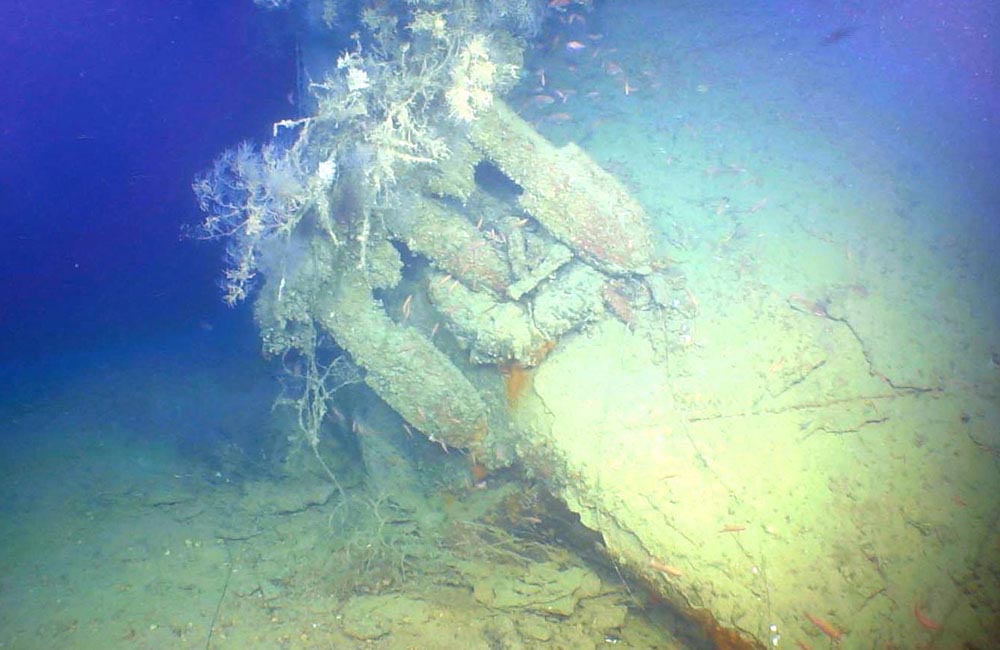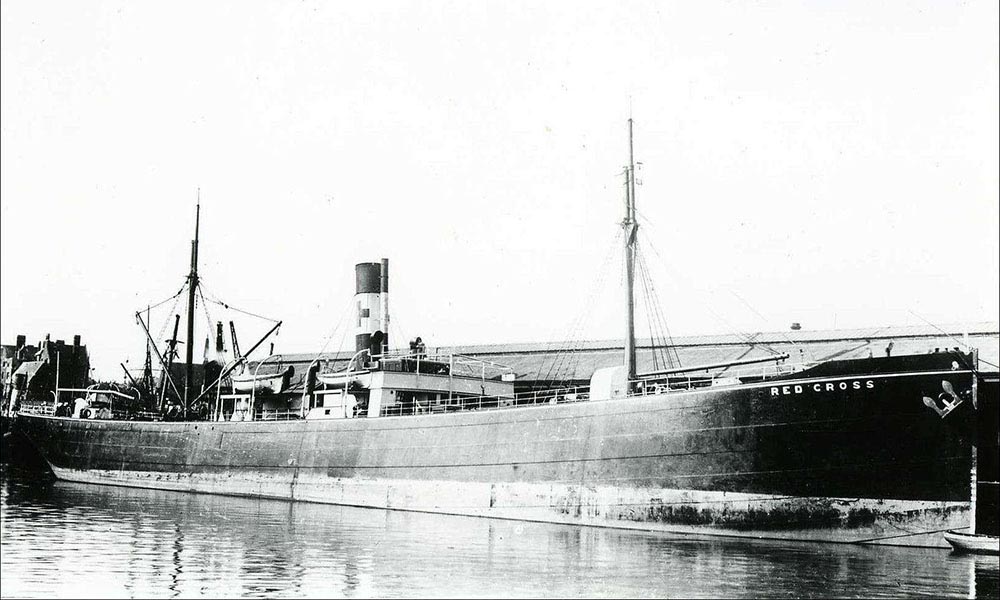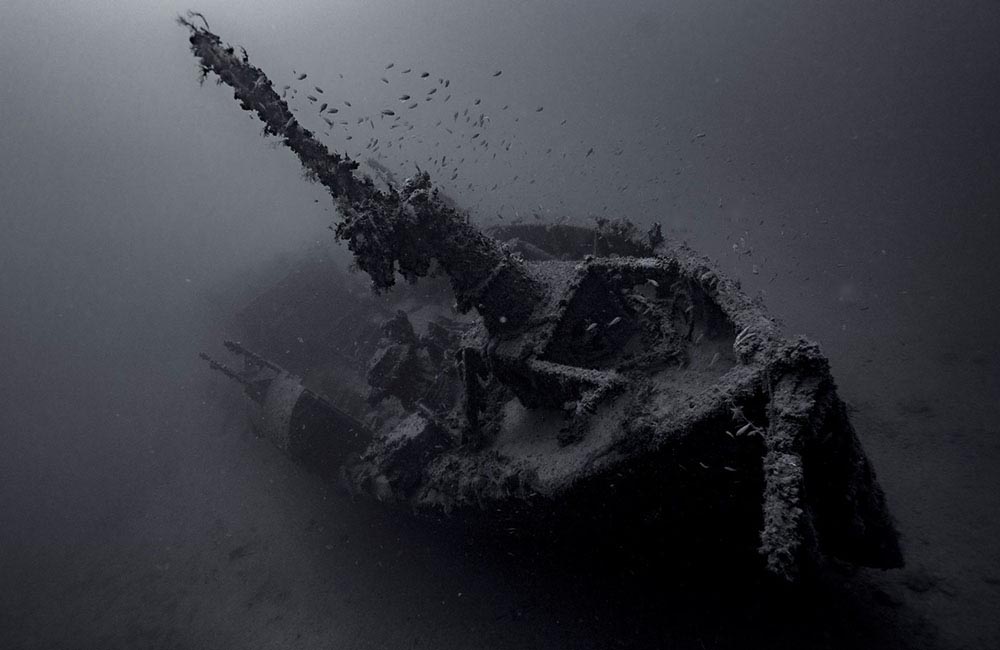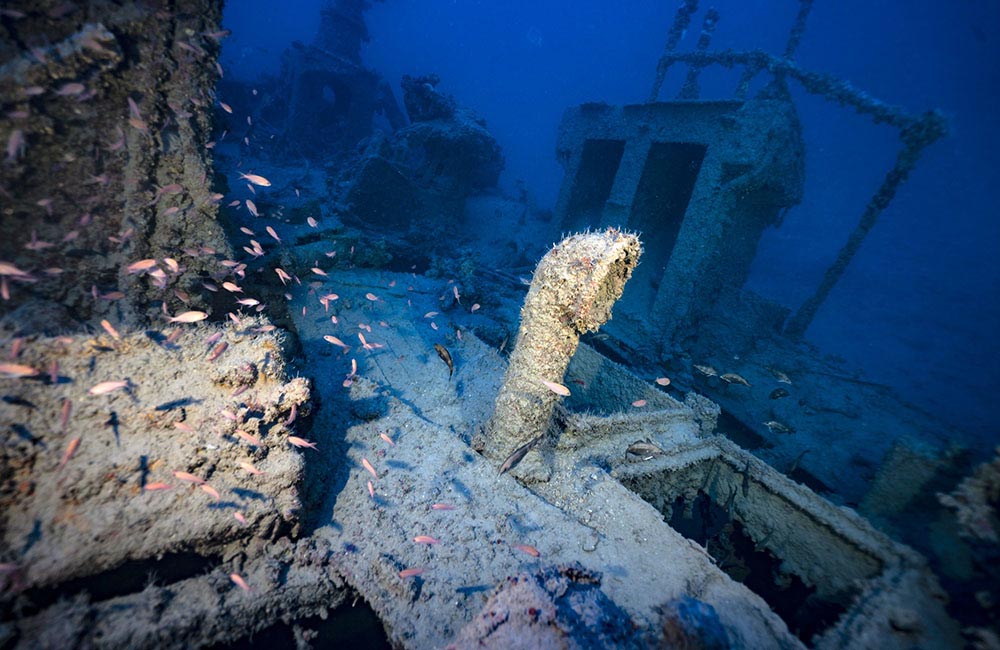
Many ships had a part to play in the Mediterranean conflicts of the First and Second World Wars, and many of them were lost with little more recognition than a note in a diary somewhere. Some of the bigger battleships have detailed histories kept by military and maritime historians, but without the services of ordinary workaday boats and ships, may never have survived long enough to earn them. In modern times, scuba divers have brought the names of these ill-fated vessels back to life, thanks in part to the work of Heritage Malta’s Underwater Cultural Heritage Unit. This week we take a look at two ships whose histories were largely unknown before being brought to the surface by divers – the First World War collier SS Luciston and the Second World War fishing-boat-turned-minesweeper HMS Trusty Star.
- Part 1 – HMS Olympus and HMS Russell
- Part 2 – Fairey Swordfish and Junkers Ju88
- Part 3 – HMS Southwold
- Part 4 – HMS Nasturtium and Le Polynesien
- Part 5 – SS Luciston and HMS Trusty Star
- Part 6 – ORP Kujawiak and Schnellboot S-31
SS Luciston

Little is known about the SS Luciston – also known as the Luciston Collier – a British steam-powered cargo ship built in 1910 by R. Duncan & Co. Ltd, of Glasgow, Scotland. She had an overall length of 98.4m, beam of 25m and weighed 2948 tonnes.
On 29 November 1916, the Luciston was on her way to Malta from Cardiff carrying a supply of coal when she was struck by a torpedo fired from the German submarine UC-22. The crew survived but the Luciston sank in the open sea some 4 miles from the small fishing village of Marsaxlokk.


The wreckage of the SS Luciston was first discovered in the 1990s but it wasn’t until 2015 that it was properly surveyed and identified. The wreck likes at a depth of between 96m and 104m and the exposed location and inclement conditions can make it a challenging dive.
The Other SS Luciston
Checking the story behind the SS Luciston threw up a different ship with the same name, built by Joseph L Thompson and Sons of Sunderland, UK (the same shipbuilder as the Thistlegorm) in 1890. Both ships were managed by the same company (W.S. Miller & Co), but the 1890 ship was originally christened the Red Cross, renamed Lucincita in 1913 and then renamed Luciston in 1917 after the 1910 Luciston was sunk off Malta. This second ship was torpedoed in the English Channel on 24 December 1917 and beached on her way to Southampton with the loss of one member of the crew.

https://www.visitmalta.com/en/info/ss-luciston
HMS Trusty Star

HMS Trusty Star was a steam-powered fishing vessel built in 1919 by the Ouse Ship Building Co. Ltd., of Goole, in Yorkshire, UK. With a length of 26.3m and a beam of 5.6m, she was originally named Groundswell, but first registered by a fishing company in 1921 as the Elie Ness and based in Aberdeen, Scotland. In 1923 she moved to Lowestoft in Sussex in the south of England, where she worked as a fishing vessel before being requisitioned as a minesweeper by the Royal Navy in 1939 and renamed the Trusty Star.
According to this diary kept by the son of one of the Trusty Star’s sailors, in 1941 the Luftwaffe began to lay magnetic and acoustic mines by parachute in the Grand Harbour of Valetta and at Marsamxett. There were few ships equipped to deal with the mines, however on 9 April 1941 the Trusty Star was fitted with the appropriate equipment for sweeping magnetic mines and, according to the blog, ‘had great success during April to keep the harbour open in spite of heavy mine-laying operations by the Luftwaffe.’


On 30 April 1941, the Trusty Star struck a mine and sank in the Grand Harbour. She was salvaged and returned to minesweeping service in September that year. She was damaged again during a raid on 27 April 1942 and, on the night of 12 May, survived a lucky escape after being missed by three torpedoes fired from German ‘E-boats’ (fast attack craft) escorting the minelaying submarines.
On 10 June 1942, Trusty Star was clearing mines outside Valetta when she met her end, as described on the pages of Malta: War Diary – ‘During minesweeping operations of the entrance channel to Grand Harbour today, Trusty Star struck a mine 3 miles 054 degrees from Fort St. Elmo and sank. One Maltese seaman was injured, the remainder of the crew being picked up unhurt.’
The wreck of HMS Trusty Star was discovered in September 2016, mostly intact and lying at an angle of 45 degrees at a depth of 90m.
https://www.visitmalta.com/en/info/trusty-star
The wrecks featured in this series have been declared to be Archaeological Zones in the Sea by the Cultural Heritage Act of Maltese law, and it must be remembered that most are also war graves. As such, the wrecks can only be dived through dive centres approved and registered with the Underwater Cultural Heritage Unit of Heritage Malta, and protective measures to prevent unauthorised diving are strictly enforced. For more information, the original UCHU reports and a complete list of approved dive operators, visit the Heritage Malta Historic Wreck pages at www.visitmalta.com.



